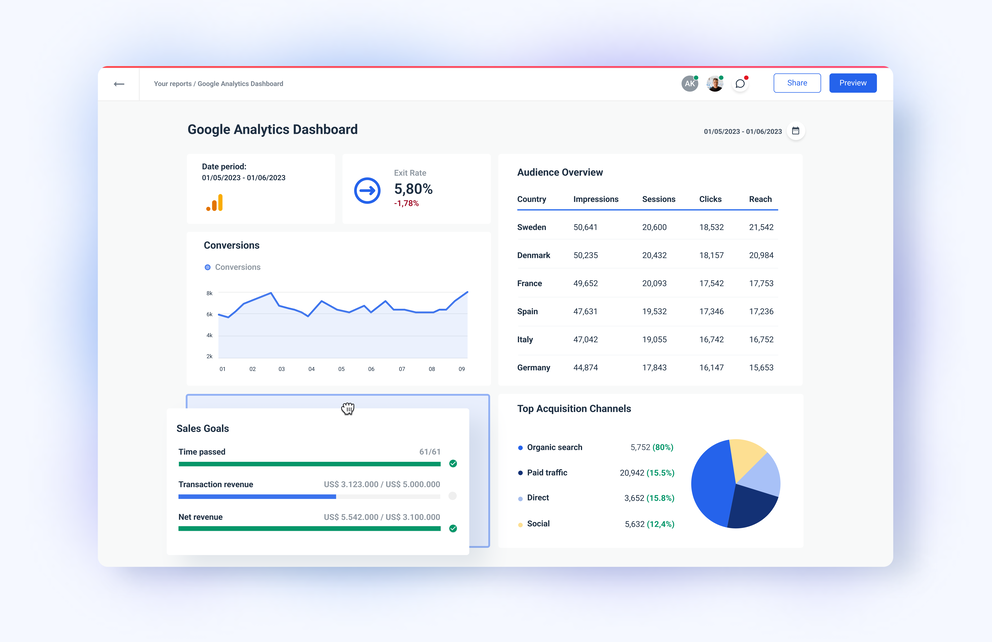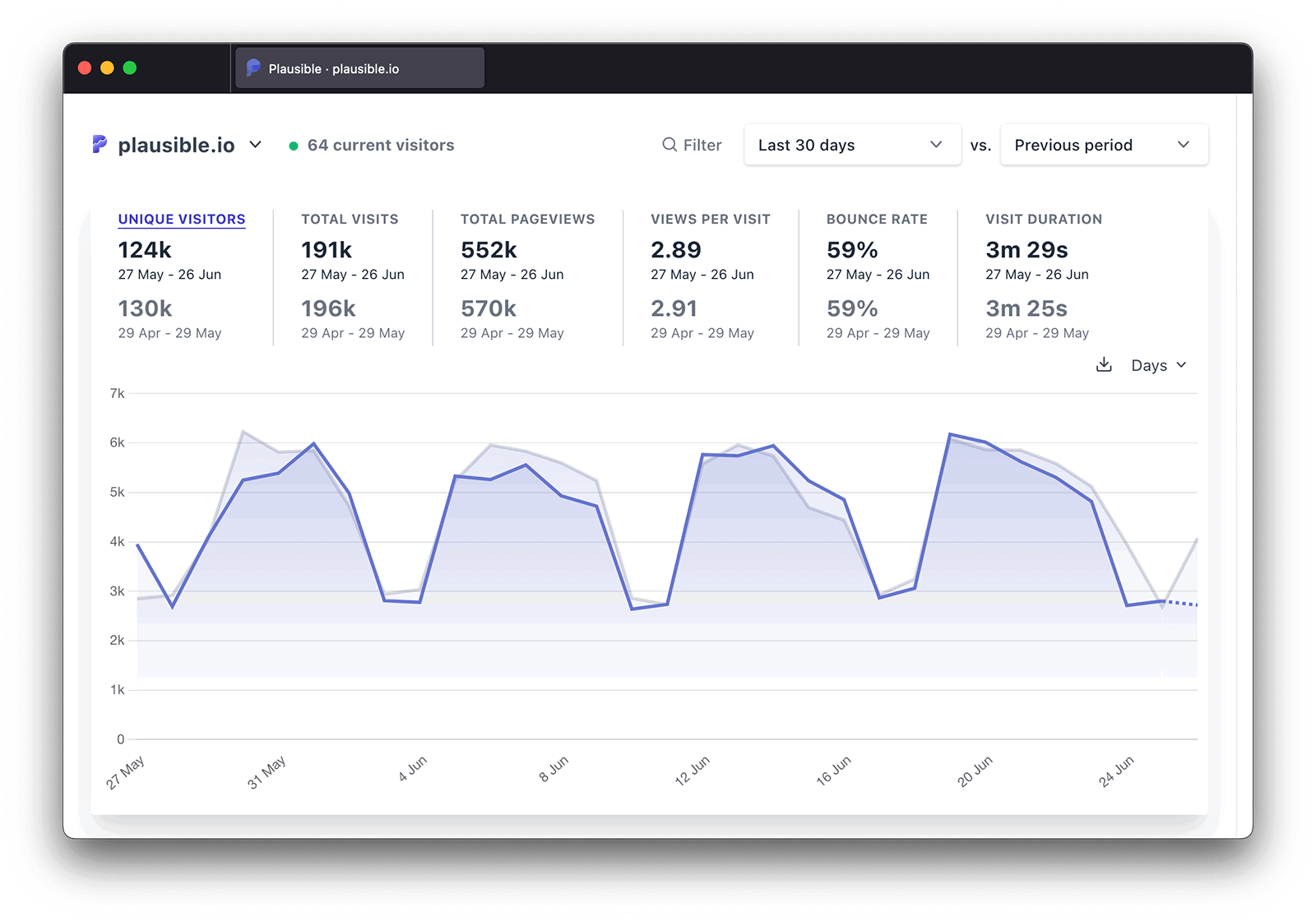When Does the Google Analytics Tracking Code Send an Event Hit to Analytics? A Deep Dive into User Communications
When Does the Google Analytics Tracking Code Send an Event Hit to Analytics? A Deep Dive into User Communications
Blog Article
Track Your Website's Success With Crucial Google Analytics Monitoring Code
Carrying out the important Google Analytics tracking code supplies a robust structure for recording important information such as individual engagement and traffic resources. What understandings might await you as soon as you open the complete potential of your site's analytics?
Understanding Google Analytics Fundamentals
In the realm of digital marketing, comprehending the fundamentals of Google Analytics is vital for any company seeking to enhance its on the internet existence. Google Analytics is a powerful tool that enables companies to track and examine site web traffic, user habits, and conversion rates. By leveraging this data, organizations can make enlightened choices to enhance their digital techniques.
At its core, Google Analytics provides understandings into exactly how customers engage with a website. This includes tracking metrics such as web page sights, session duration, and bounce rates, which are essential for examining user interaction - when does the google analytics tracking code send an event hit to analytics?. Additionally, it categorizes website traffic resources, enabling services to recognize which channels-- such as natural search, social media sites, or email-- drive one of the most visitors
Comprehending Google Analytics also entails identifying the value of data division. Inevitably, mastering the basics of Google Analytics equips companies with the understanding to fine-tune their on-line approaches, improve individual experience, and ultimately drive growth.

Establishing Tracking Codes
Establishing tracking codes is a critical step for successfully using Google Analytics to check web site performance. These codes, referred to as Google Analytics tracking IDs, must be embedded within the HTML of your website to collect useful information on individual interactions.
To begin the setup process, produce a Google Analytics account if you haven't done so already. Once your account is established, browse to the Admin section and choose the residential property for which you want to create the monitoring code. Right here, you will certainly find your one-of-a-kind tracking ID, commonly formatted as UA-XXXXXXXXX-X.
Next, integrate this code right into your web site's resource code. If you handle a fixed website, insert the tracking code fragment straight before the closing tag of each page. For dynamic websites or material monitoring systems like WordPress, consider utilizing plugins that simplify the assimilation process.

Key Metrics to Monitor
Recognizing essential metrics is vital for services aiming to enhance their online existence through Google Analytics. Procedure refer to the overall number of interactions a user has with your site within a specified duration, providing insight into general engagement levels.
In addition, bounce price is a crucial metric that reveals the percentage of visitors that browse away after seeing only one web page (when does the google analytics tracking code send an page event hit to analytics?). A high bounce price might suggest that content is not resonating with your audience or that customer experience needs renovation. Typical session duration matches this by measuring for how long users remain engaged on your website, highlighting content performance
Conversion rate is another necessary metric, standing for the percentage of site visitors completing desired actions, such as purchasing or authorizing up for a newsletter. Checking these crucial metrics enables services to recognize strengths and weaknesses in their on the internet approaches, helping with data-driven decisions that improve individual experience and drive development. By concentrating on these metrics, organizations can successfully track their electronic performance and enhance their on-line visibility.
Studying Visitor Habits
How can services acquire deeper understandings into their internet site's performance? By examining visitor behavior via Google Analytics, business can discover valuable patterns and preferences that visit this website drive user interaction.
Using features like customer flow reports and habits circulation representations, businesses can picture the courses taken by visitors. This details is essential for establishing which pages preserve passion and which cause departures. Analyzing interests and demographics improves targeting strategies, making sure that content resonates with the designated target market.
Moreover, employing event tracking for particular communications-- such as click switches or video clip plays-- provides granular understandings into individual interaction. This data can educate decisions regarding internet site design and material placement, ultimately resulting in an extra user-friendly experience.
Enhancing Your Approach
While companies might collect considerable information through Google Analytics, successfully maximizing their approach calls for converting this information into actionable insights. Key efficiency indications (KPIs) must be recognized based upon particular service goals, enabling a focused method to data evaluation. For instance, if raising conversion rates is a concern, interest should be routed toward visitor behavior metrics such as bounce rates and exit web pages.
Routinely evaluating these metrics allows companies to pinpoint locations for improvement. A/B screening can further enhance method optimization by offering real-time comments on modifications made to website elements such as layout, web content, or calls to activity. In addition, segmenting the target market based upon demographics or behavior allows for tailored advertising initiatives that resonate more successfully with targeted teams.

Verdict
In verdict, the execution of Google Analytics tracking code is important for efficiently keeping an eye on and assessing website efficiency. Inevitably, leveraging Google Analytics cultivates constant growth and improvement, ensuring an internet site fulfills its purposes and involves its audience efficiently.
Google Analytics is an effective tool that allows companies to examine and track site web traffic, user actions, and conversion rates.At its core, Google Analytics gives understandings right into just how users interact with a web site. Make Use Of the Google Tag Assistant Chrome extension or the Real-Time records in Google Analytics to ensure data is being recorded accurately.In conclusion, the execution of Google Analytics tracking code is vital for efficiently analyzing and keeping track of internet site performance. Inevitably, leveraging Google Analytics promotes constant growth check this and improvement, making sure a site fulfills its goals and involves its audience properly.
Report this page